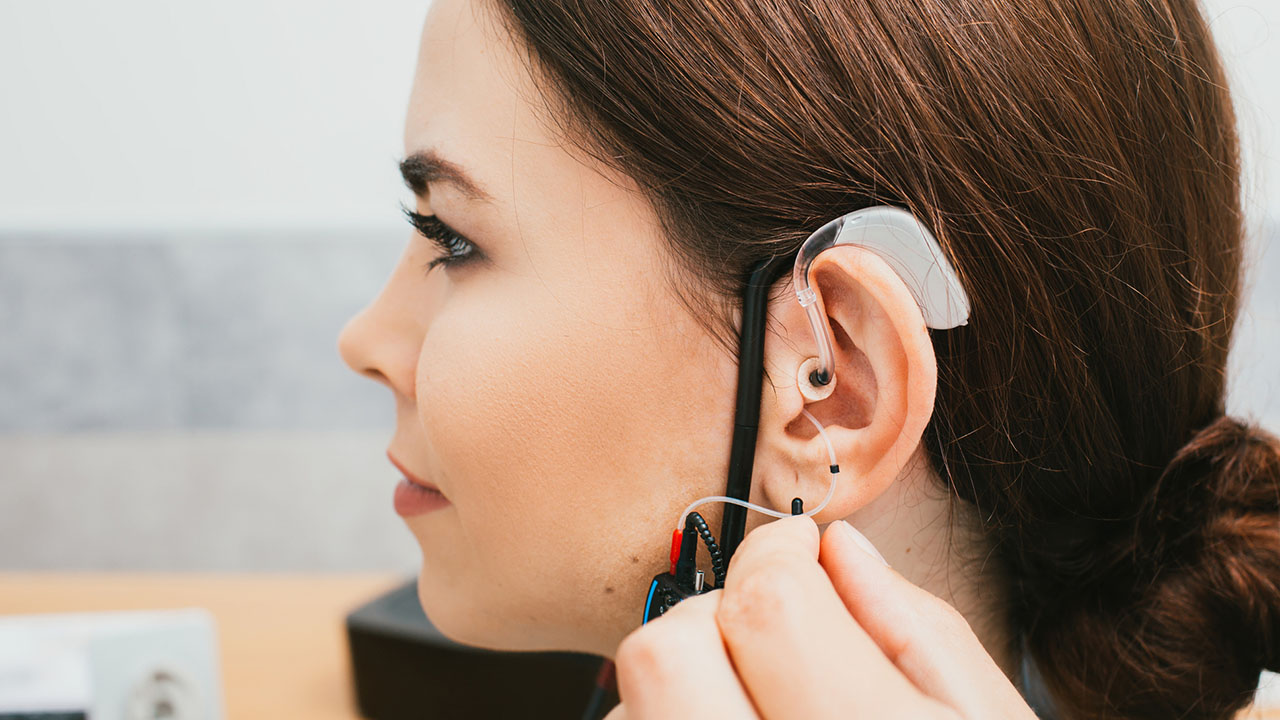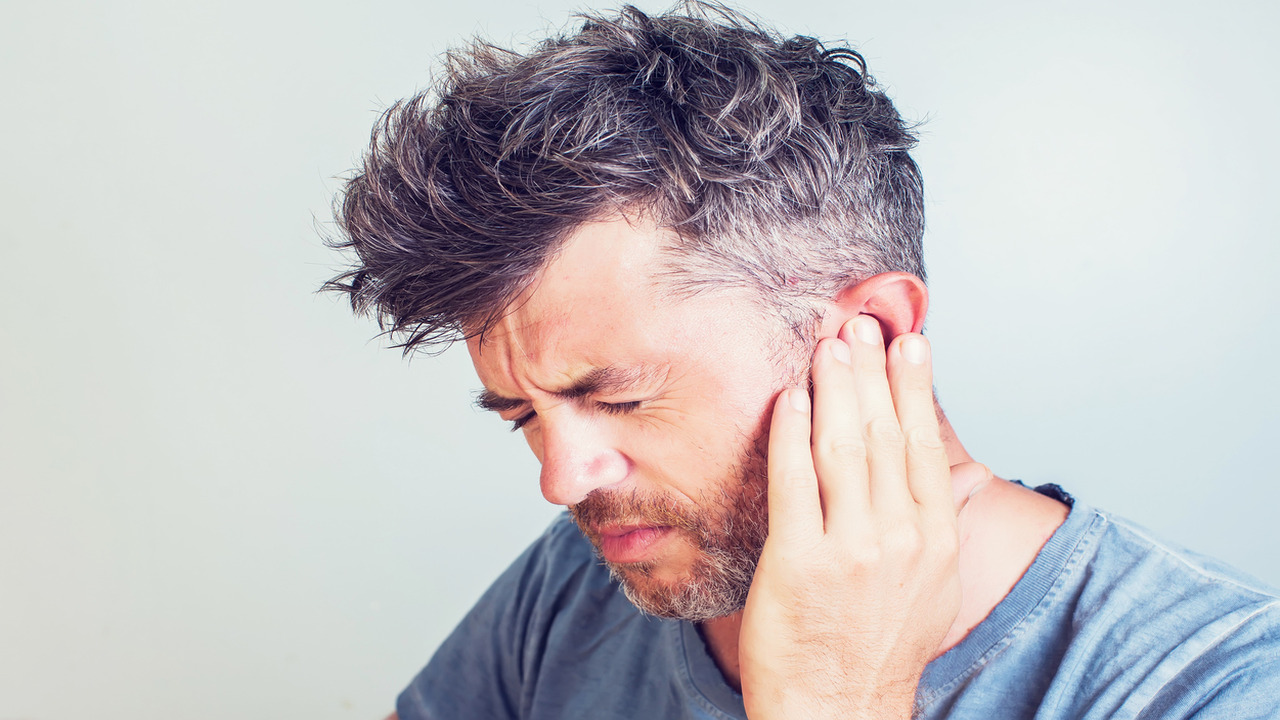

At Prevea Health, we practice hearing aid verification techniques to ensure the best possible hearing aid outcomes for our patients.
Hearing aids may be verified in several ways.
A subjective report - The audiologist will ask you how the hearing aids sound.
Aided testing - The audiologist may test your hearing levels in a sound booth using your hearing aids.
Aided testing - The audiologist may test your speech understanding in a sound booth using your hearing aids.
Real-ear measurement - The audiologist may measure the response of the hearing aid in your ear using a speech signal.
The gold standard for hearing aid verification is the use of real-ear measurements. This is also called probe microphone measurement or speech mapping. Real-ear measurements take into account the size and shape of a person’s ear canal since differences in resonance can boost some frequencies and dampen others.
With your hearing aids on, a thin probe microphone is inserted into the ear canal with the hearing aid. You will listen to recorded speech samples at soft, moderate and loud levels. The audiologist will then precisely adjust the hearing aid across the speech range to match target amplification levels for your individual ear. This results in optimal speech understanding.
Why is this important? We will illustrate this with an example. Imagine a picture that is fuzzy. This “fuzziness” is what the ear hears when hearing loss is not treated. Next, imagine a picture that is clearer than the first, but not yet perfectly in focus. This illustrates what the ear is hearing with a hearing aid that is programmed to a person’s hearing loss. Now, imagine a picture that is perfectly in focus. This is the best-case scenario. This illustrates what the ear hears with a hearing aid that is programmed to a person’s hearing thresholds and fine-tuned with real-ear measurements.
At Prevea Health Audiology, we use real-ear verification during our hearing aid fittings to insure the best possible hearing for our patients. Real-ear verification can also be used on previously fit hearing aids, whether purchased from Prevea or another center, to determine how well they are adjusted to a person’s current hearing loss. We recommend having a real-ear verification with every initial hearing aid fitting or when hearing aids are reprogrammed for a significant change in hearing.
Hearing aids may be verified in several ways.
A subjective report - The audiologist will ask you how the hearing aids sound.
Aided testing - The audiologist may test your hearing levels in a sound booth using your hearing aids.
Aided testing - The audiologist may test your speech understanding in a sound booth using your hearing aids.
Real-ear measurement - The audiologist may measure the response of the hearing aid in your ear using a speech signal.
The gold standard for hearing aid verification is the use of real-ear measurements. This is also called probe microphone measurement or speech mapping. Real-ear measurements take into account the size and shape of a person’s ear canal since differences in resonance can boost some frequencies and dampen others.
With your hearing aids on, a thin probe microphone is inserted into the ear canal with the hearing aid. You will listen to recorded speech samples at soft, moderate and loud levels. The audiologist will then precisely adjust the hearing aid across the speech range to match target amplification levels for your individual ear. This results in optimal speech understanding.
Why is this important? We will illustrate this with an example. Imagine a picture that is fuzzy. This “fuzziness” is what the ear hears when hearing loss is not treated. Next, imagine a picture that is clearer than the first, but not yet perfectly in focus. This illustrates what the ear is hearing with a hearing aid that is programmed to a person’s hearing loss. Now, imagine a picture that is perfectly in focus. This is the best-case scenario. This illustrates what the ear hears with a hearing aid that is programmed to a person’s hearing thresholds and fine-tuned with real-ear measurements.
At Prevea Health Audiology, we use real-ear verification during our hearing aid fittings to insure the best possible hearing for our patients. Real-ear verification can also be used on previously fit hearing aids, whether purchased from Prevea or another center, to determine how well they are adjusted to a person’s current hearing loss. We recommend having a real-ear verification with every initial hearing aid fitting or when hearing aids are reprogrammed for a significant change in hearing.



.jpg?width=1280&height=720&ext=.jpg)